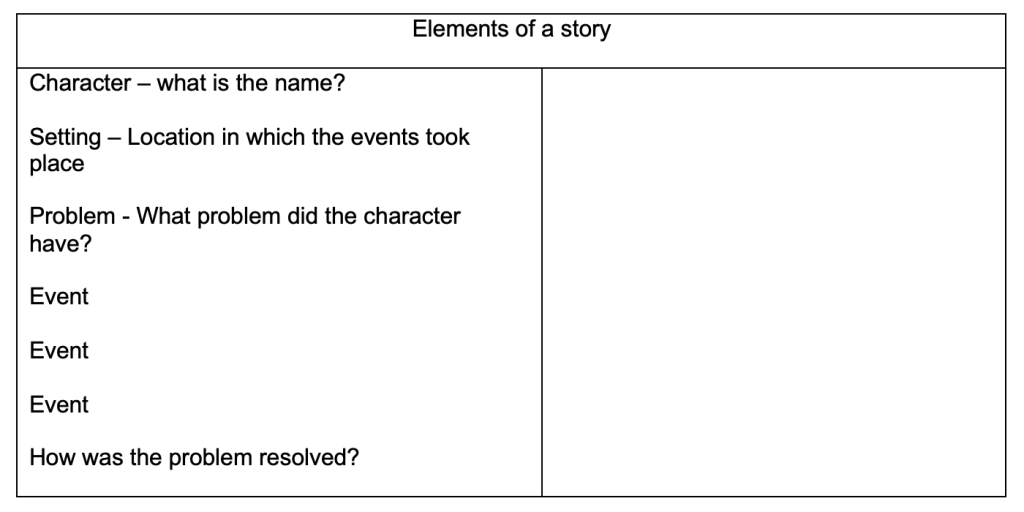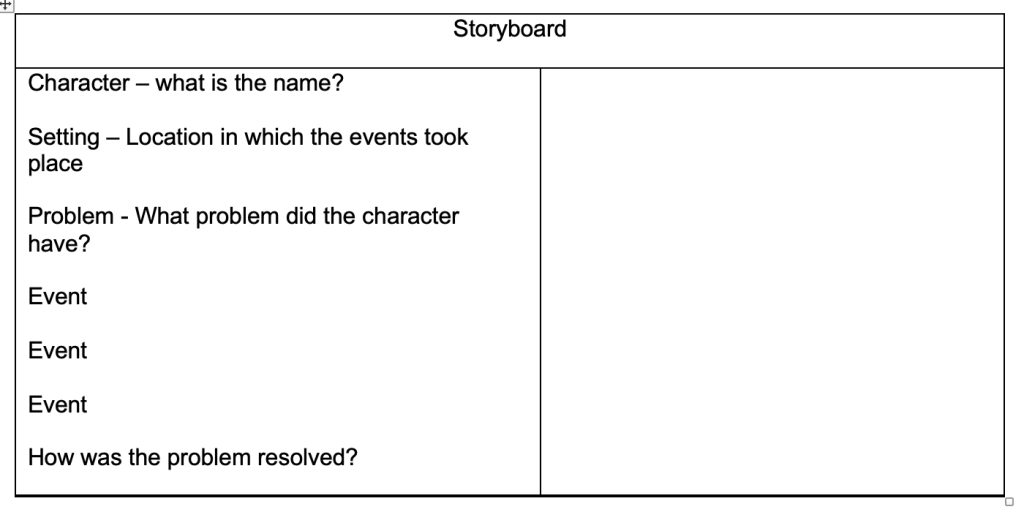Remembering Nelson Mandela through Children’s Literature
Developer’s Name:
Dolana Mogadime, PhD., M.Ed., B.Ed., OCT
Audience:
Kindergarten – Grade 1
Lesson Description:
Machoga, Letta . (n.d.) I like to read! Storybooks Canada Creative Commons Attribution 3.0 International License.
The children’s book “I like to read!” tells the story of a little boy who desperately wants to read to someone. He goes from one family member to another. Each seems too busy to listen to him. Finally, he sits down and discovers that he can read to himself. It’s a lovely story about the importance of finding joy in reading to yourself. Nelson Mandela valued reading to himself and kept a bookshelf on Robben Island. Children can appreciate literacy as a human right by learning that Mandela had to challenge the wardens on Robben Island before he was permitted to have his own books. Even then, he and his colleagues were only allowed one levelled shelf each for their bookshelf and these were made of cardboard and paper. In other words, the number of books was limited, and the shelving was made of poor quality.
“I Like to Read?” Is a book that can first be read out loud by the teacher. Who can then invite critical dialogue and questions among students. Critical dialogue serves as bridges to remembering Mandela’s fight for the right to read and education. Additionally, the book could easily become a text that children can read online on their own or read to their family member at home. As an extension to this lesson, children can be supported in developing their own children’s book about their reading adventures. They can become the characters in their own books seeking spaces to read with different people that they care about.
Lesson Objectives:
- Appreciate the elements of a story during read out loud: setting, characters, problem events, and solution
- Recognize their own ability and power to choose to become a problem solver by reading to themselves
- Telling their own story of the love of reading for different audiences and different purposes
Relevant Ontario Curriculum:
Kindergarten Overall Expectations
Oral Communication
OE 1. communicate with others in a variety of ways, for a variety of purposes, and in a variety of contexts.
Specific Expectations
1.2. listen and respond to others, both verbally and non-verbally;
1.9. describe personal experiences, using vocabulary and details appropriate to the situation;
1.10. retell experiences, events, and familiar stories in proper sequence (e.g., orally; in new and creative ways; using drama, visual arts, non-verbal communication, and representations; in a conversation).
Reading
OE 9. demonstrate literacy behaviours that enable beginning readers to make sense of a variety of texts.
Specific Expectation
9.1. use reading behaviours to make sense of familiar and unfamiliar texts in print (e.g., use pictures; use knowledge of oral language structures, of a few high-frequency words, and/or of sound-symbol relationships).
Grade 1 Overall Expectations
Oral Communication
- listen in order to understand and respond appropriately in a variety of situations for a variety of purposes;
- use speaking skills and strategies appropriately to communicate with different audiences for a variety of purposes;
- reflect on and identify their strengths as listeners and speakers, areas for improvement, and the strategies they found most helpful in oral communication situations.
Reading
- read and demonstrate an understanding of a variety of literary, graphic, and informational texts, using a range of strategies to construct meaning;
- recognize a variety of text forms, text features, and stylistic elements and demonstrate understanding of how they help communicate meaning;
- use knowledge of words and cueing systems to read fluently;
- reflect on and identify their strengths as readers, areas for improvement, and the strategies they found most helpful before, during, and after reading.
Relevant Ontario Curriculum Documents
- Ontario Ministry of Education (2016). The Kindergarten Program
- Ontario Ministry of Education. (2006). The Ontario Curriculum. Grades 1 – 8 Language
Human Rights Instruments:
The Convention on the Rights of the Child
- Article 28 – You have the right to a good quality education. You should be encouraged to go to school to the highest level you can.
- Article 29 – Your education should help you use and develop your talents and abilities. It should also help you learn to live peacefully, protect the environment and respect other people.
- Article 32 – You have the right to protection from work that harms you and is bad for your health and education. If you work, you have the right to be safe and paid fairly.
Resources:
Lesson Plan Details by Stages of African Epistemology:
Activate
Real time in the classroom: 10 minutes
Links & Resources:
The Nelson Mandela Center for Memory provides pictures of the ‘Prison Years’ –find the one of the bookshelf Mandela had in his prison cell. Review the link above until you find the bookshelf.
Instructions and Lesson Breakdown:
- Show the picture of Mandela’s prison bookshelf to the children and ask questions to facilitate thinking about Mandela’s experiences in prison and fight for the right to read and education:
- What do you see in this photo? If you see anything that looks like books come and point to it.
- What activity do you think Nelson Mandela might have done to keep himself busy and preoccupied? Expected answer – read, look at books, listen to stories etc.
- Did you know that Nelson had to fight for the right to be able to read while he was imprisoned?
Reflect
Real time in the classroom: 10 minutes
Links & Resources:
- Read the book: I like to read!
Instructions and Lesson Breakdown:
- The teacher can prepare a graphic organizer that illustrates the Elements of a Story.
Connect
Real time in the classroom: 10 minutes
Links & Resources:
- The students will imagine themselves in the story.
Instructions and Lesson Breakdown:
- Where do you like to read?
- Who do you read to?
- When no one can listen to you read what do you do then?
- Is it okay to read to yourself?
- Why?
Connect
Real time in the classroom: 20 minutes
Links & Resources:
- Students will use the Elements of the Story to create their own storyboard
Instructions and Lesson Breakdown:
- Create a storyboard about a character who wants to read but no one is listening.
- What would the person do?
- Event 1
- Event 2
- Event 3
- How will the person solve the problem?
- What would the person do?
Reflect
Real time in the classroom: 10 minutes
Links & Resources:
- Read the book: I like to read!
Instructions and Lesson Breakdown:
- The teacher can prepare a graphic organizer that illustrates the Elements of a Story.
Lesson Extension
Encouraging Family literary. Children can use their storyboard to create a comic version of their story. See: Pixton. Parents can be invited to the classroom. Students can read their stories to their parents and or in small groups.

After developing a storyboard, students with their teacher and or family member (e.g., parent) can then use it to create their own children’s book with graphic images. See: Pixton.


